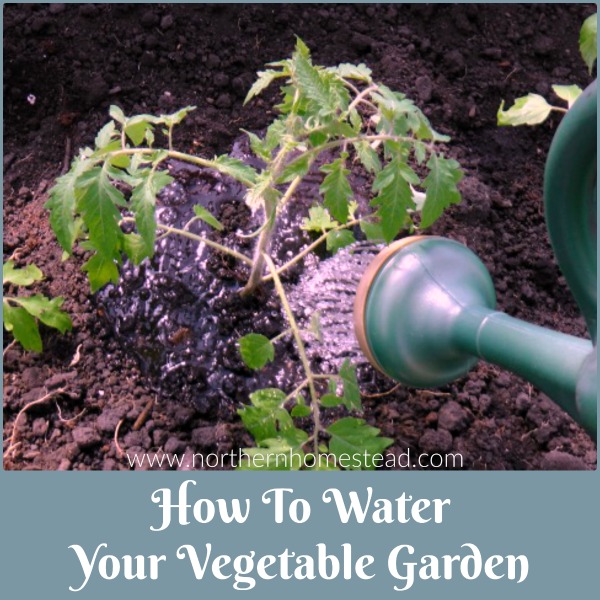
Most watering in our vegetable garden has one simple goal: to establish young plants. So let’s look into how to water your vegetable garden so that you do not need to water all season long. Of course, there are exceptions to this like container gardens and greenhouses that need to be watered as long as the plants grow and produce. Also, in the case of very dry and hot spells, we want to give the plants the moisture they need.
The requirement for water in the vegetable garden
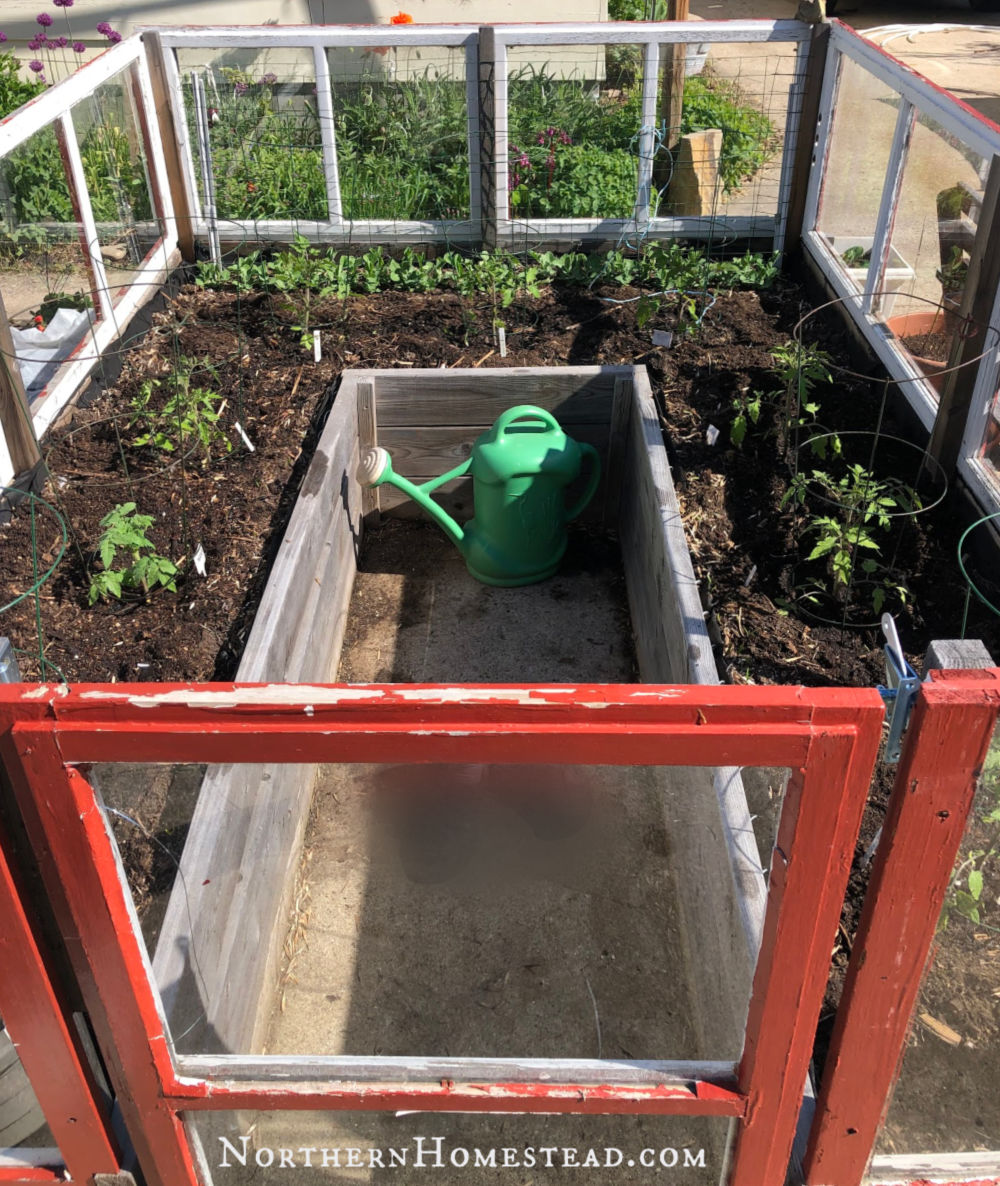
Before we jump into how to water your vegetable garden, let’s consider the need for water in the garden. Garden plants are not water plants. Even though we talk about watering, plants actually need moisture, not water. But since water creates moisture, hence we water the garden.
However, when considering moisture you will evidently notice that different gardens would keep moisture very differently. We have grown gardens where we’d not water at all, and then in places where we’d water quite regularly. There is no “one fits all” approach to watering a vegetable garden.
A raised bed or a garden on a hill will dry out quicker than a garden in a lowland. Wind and sun exposure also play a role. And of course, moisture retention depends on the composition of the soil, i.e. sandy soil holds less water than soil with higher clay content. In any soil though, organic matter (read compost) is a key element to hold moisture.
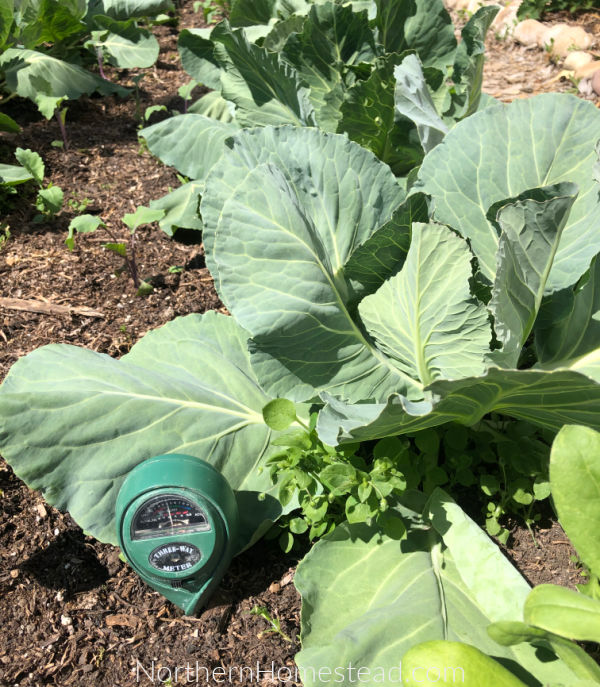
A moisture tester comes in handy to find out if your garden needs water or not. You can also dig a small hole with a hand spade. Observe the soil, if the soil under the surface is drier than on top, you need watering. If the soil gets moister with depth, watering might not be needed. After some practice, you can use a finger to find out. And with even more practice, you will start to see it on the plants if they need water.
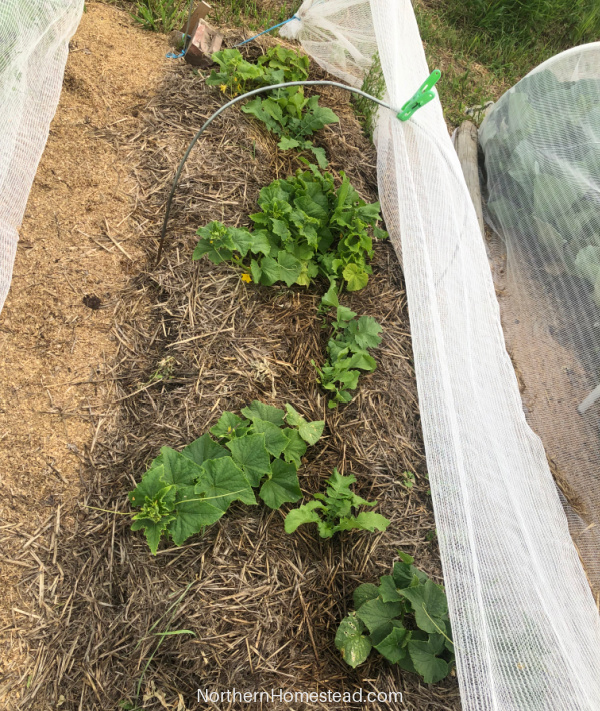
Speaking of plants. Plants have different moisture needs as well. Some like to be constantly moist, for example, cucumbers. The fruit will taste bitter if they don’t have sufficient moisture. Others prefer dry cycles between watering, for example, tomatoes, they can get root rot if kept moist all the time. That being said, they still do not like inconsistent watering, or they will crack and split.
Generally speaking cold weather crops like brassicas, greens, and peas like more water. They naturally grow during the rainy cool season. Of course in a cold climate, we grow them during the summer and they benefit from watering.
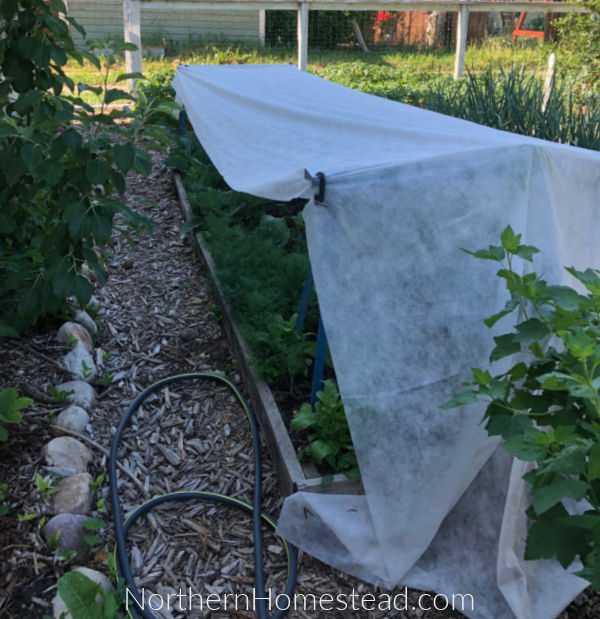
During hot dry weather, these cool-weather crops also benefit from a shade cloth. A frost protection blanket is great for that. If used for shade, allow for air circulation under the blanket.
1. Water thoroughly
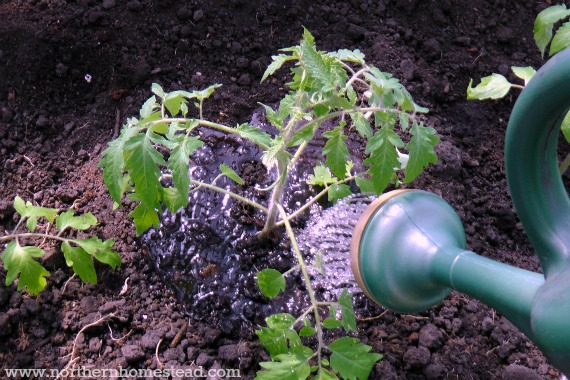
The first and most important tip to know about watering is that you want to water plants thoroughly. What do we mean? You want the water to go deep, not just moisten the surface and let it evaporate.
Plants develop roots according to the moisture available. Some plants are naturally more deep-rooted (like carrots), others are more shallow-rooted (like tomatoes), but all plants will develop deeper roots if all the moisture available is down under them.
If you water plants little by little, plants will not look for moisture deep in the soil but will develop shallow roots. Shallow-rooted plants will always ask for moisture from above and look dry and limp every single day. This has the potential to turn into a very stressful growing season. To avoid frequent watering, water plants thoroughly from the beginning.
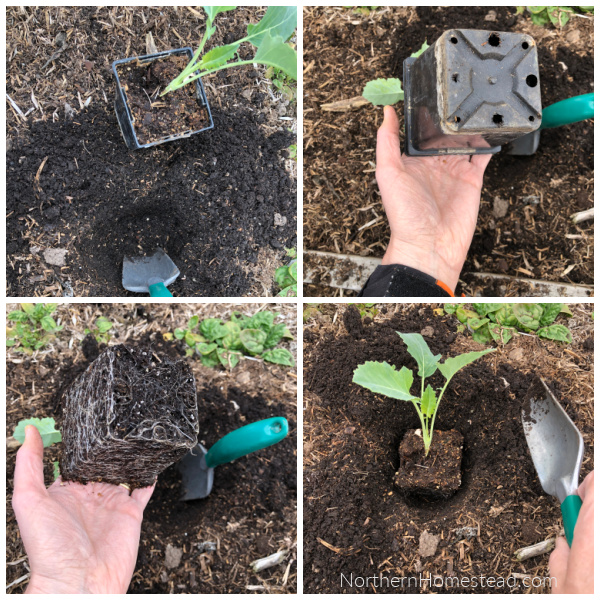
At planting, water the hole to give the roots a signal that moisture is under them. Try also to plant seedlings with deep roots in mind, pointing the roots downwards. Now water very well, and leave the plants alone for a few days up to a week. The roots will find moisture and grow in the right direction.
To establish young plants, water them thoroughly once or twice a week, depending on the weather. If you have a big garden, water one row or one bed at a time, and do it well. It is much better to water less frequently but deep than often and shallow. Plants will establish a root system that will not depend as much on water from above, and you can have your summer off.
This is also true if you get frequent but light rain in spring. Make sure to still water young plants thoroughly.
2. Water with stagnant water
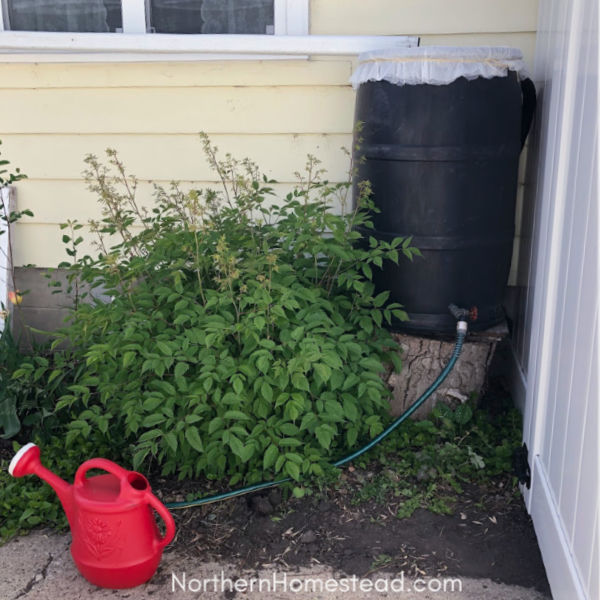
To water with a hose directly from the water faucet is convenient, but is not the best for plants. City water may or may not kill beneficial bacteria and life in your soil, but it is way too cold for the plants.
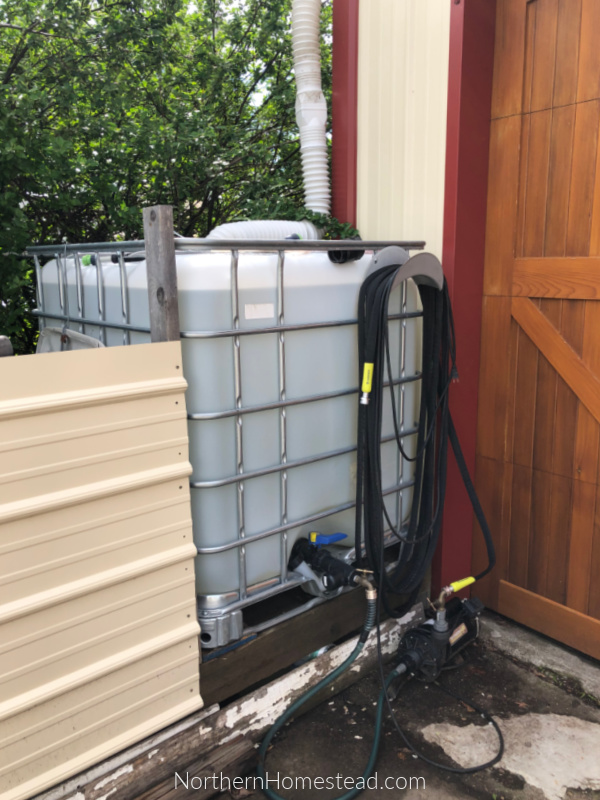
A hose and a pomp can be added to the rainwater container, making it just as convenient, but better for plants.
We want to have a water reservoir for watering plants where water can warm up and the chlorine in it evaporate. We use water barrels to collect rainwater, or we fill one with tap water as needed if there is no rain that would fill them.
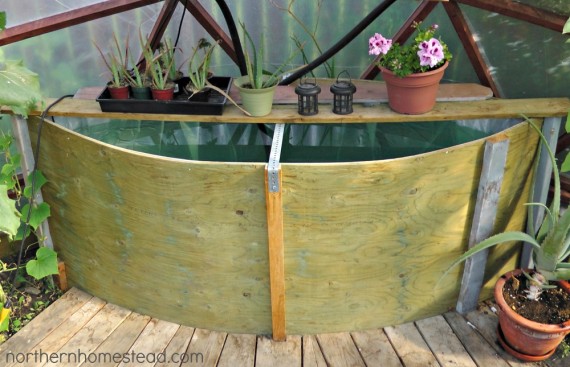
In a greenhouse, a water tank can look good, help with temperature regulation, and also be an excellent reservoir for watering plants. Refilling the reservoir with cold water during the day helps to keep the greenhouse cooler.
If you have nothing like that in place, just simply filling the water cans a few hours before watering helps.
3. Do not drown plants

We already established that plants only need moisture, not water. We water plants to give them moisture. You want to water plants deep and thoroughly without drowning them.
Drowning will not happen by watering thoroughly, but by watering too often. Allow the soil to dry somewhat in between watering. This is especially important for container gardening. Too much water is way more dangerous than too little.
Plants that have gotten too much water often look the same as those that did not get enough. They look limp and lose their vibrant color. They are also prone to developing diseases, like the root rot tomato in the picture.
Too much water is riskier than too little. If in doubt, do not water.
4. Apply water at the plant root base
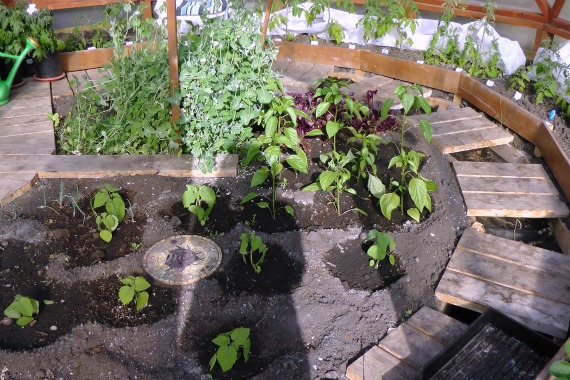
There is no need to water the whole garden. It is better to water directly at the plant root base. This can be done with a water can, a cup, and even a hose with a Showerhead Watering Wand.
It is helpful to make a little barrier around the plant to contain the water. So it can stay at the base and not flow away.
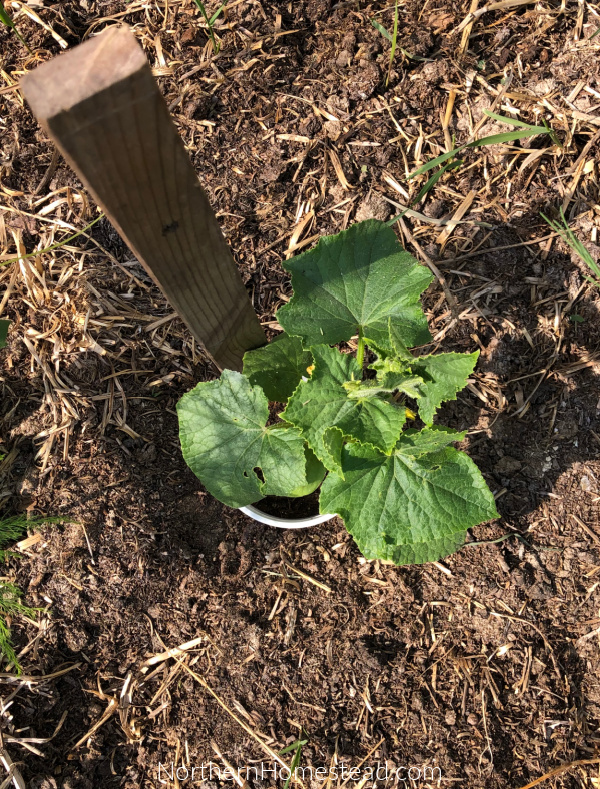
Plants, especially those from the squash family, do not like to get wet leaves. Watering all over them leads to powdery mildew. Keeping them mostly dry helps prevent disease. We like to plant cucumbers in a bottomless pot. Once planted, place a stick next to the base so that once the plants fill in the bed, you know exactly where the roots are and can water precisely.
If you water plants individually, you can see better if there is a problem that needs to be addressed. A plant that grows well, drinks well. Especially for container gardening, it is good to observe the plant and the soil. If one plant is moist and all others are dry, you know there is a growing problem. Do not water all the plants alike, water each as needed.
5. Water during the cooler time of the day
When is the best time of the day to water the vegetable garden? The best time is when you have time to do it. However, less water will evaporate if we water during the cooler times of the day.
Midday is the least favorable time to water the vegetable garden. During a hot day, cold water can burn the leaves.
It does not really matter if you water early in the morning, or at night. We usually water the garden if needed in the evening, and the greenhouse in the morning. Outside the garden stays moist longer if we watered at night since wind and sunshine dry it out quickly. In the greenhouse night watering can lead to too much moisture build-up.
If midday is the only time you can water the garden, be especially careful to use stagnant water, that is not cold and water the soil, not leaves. As we already mentioned leaves can burn. In this case, mulching is especially beneficial.
6. Mulch
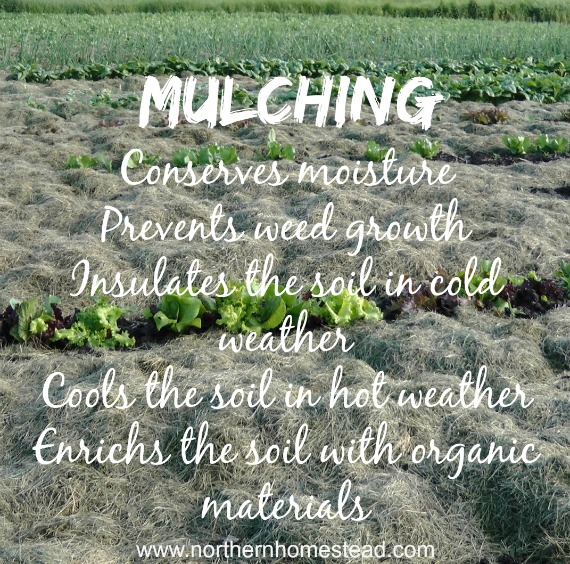
Mulching helps to keep moisture in the soil so watering is not needed as often. In very dry areas wood chips work best. However, any mulch can work. I have even seen tomato growers who cover the soil around the plant with newspapers. It works.
Mulching conserves moisture and prevents weed growth, insulates the soil in cold weather, keeps the soil cool in hot weather, and, if using organic material, enriches the soil.
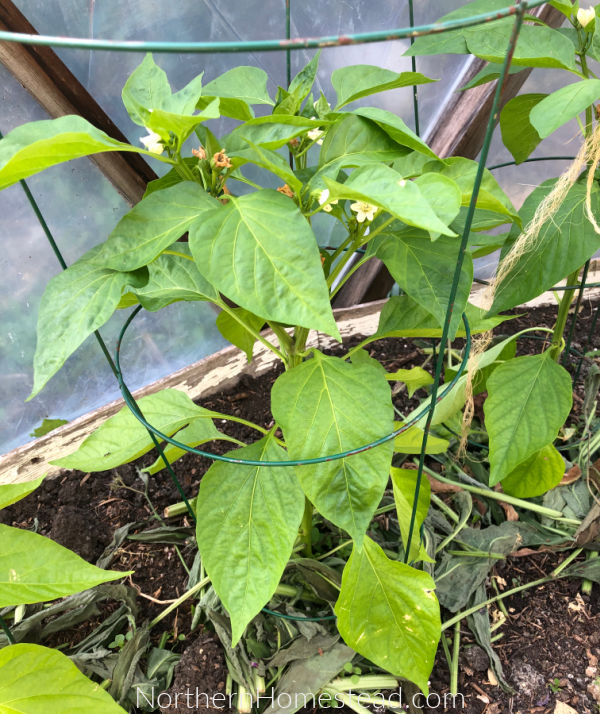
If you don’t have enough material to cover the whole garden, cover at least the base of a plant. In the picture above we used comfrey, but grass clippings and even seedless weeds work, just pull them and layer them around the plant. A permaculture name for this method is chop-and-drop. The soil will stay moist longer.
If you have a watering tip we missed, please share it in the comments. Remember, we are all learning here together.
We invite you to subscribe to Northern Homestead and follow us on Instagram, Facebook, or Pinterest for the latest updates.

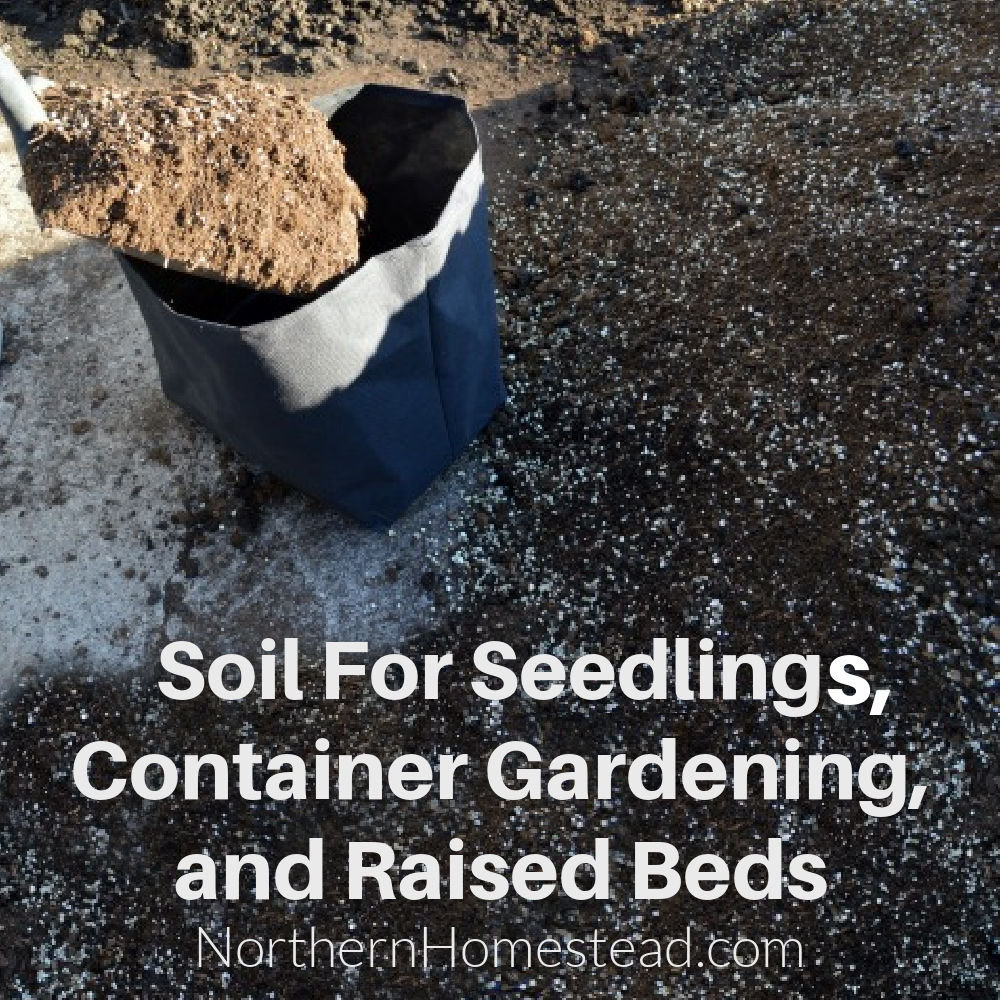
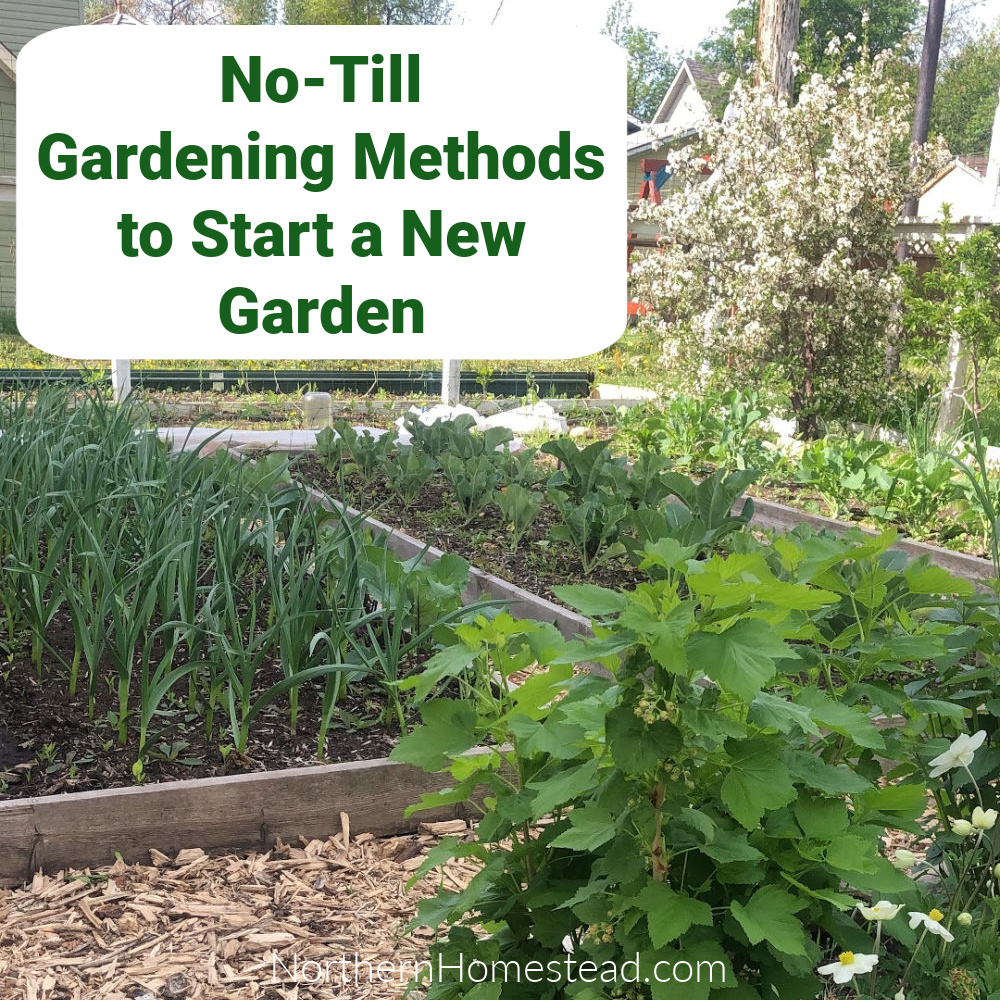
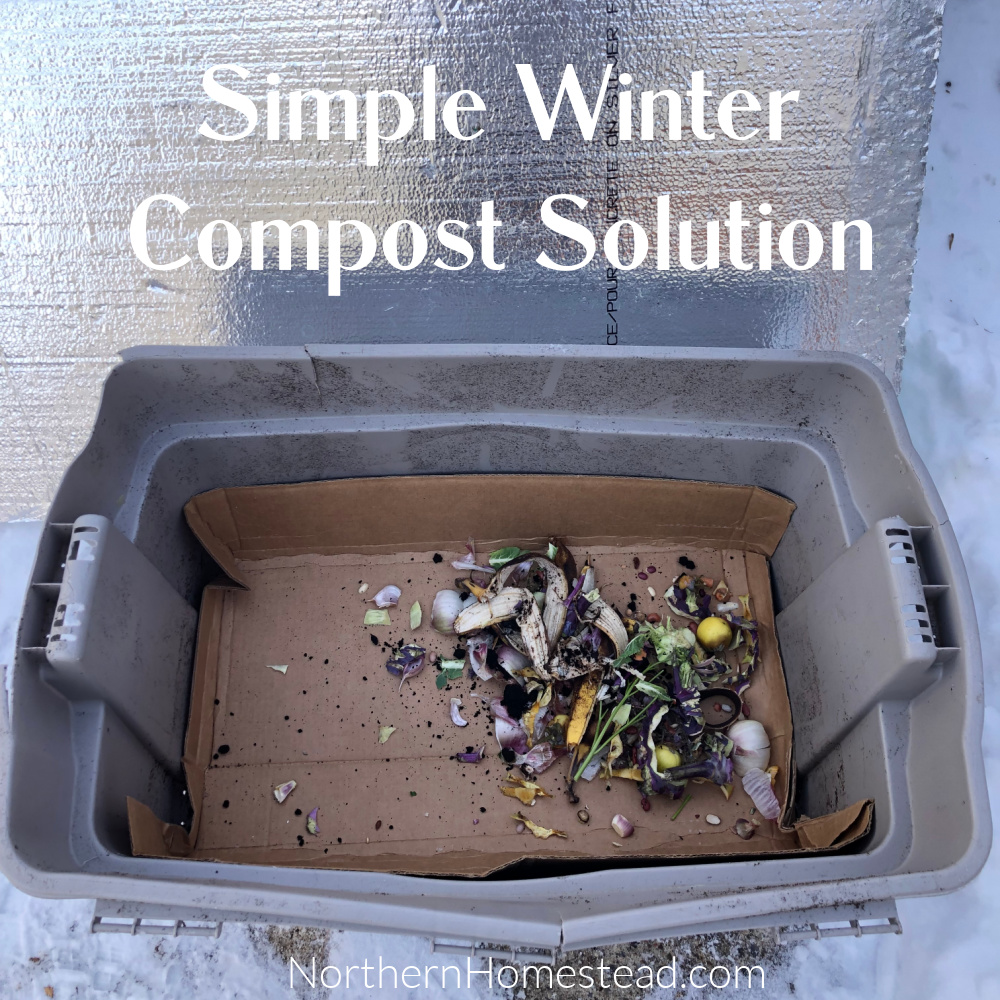
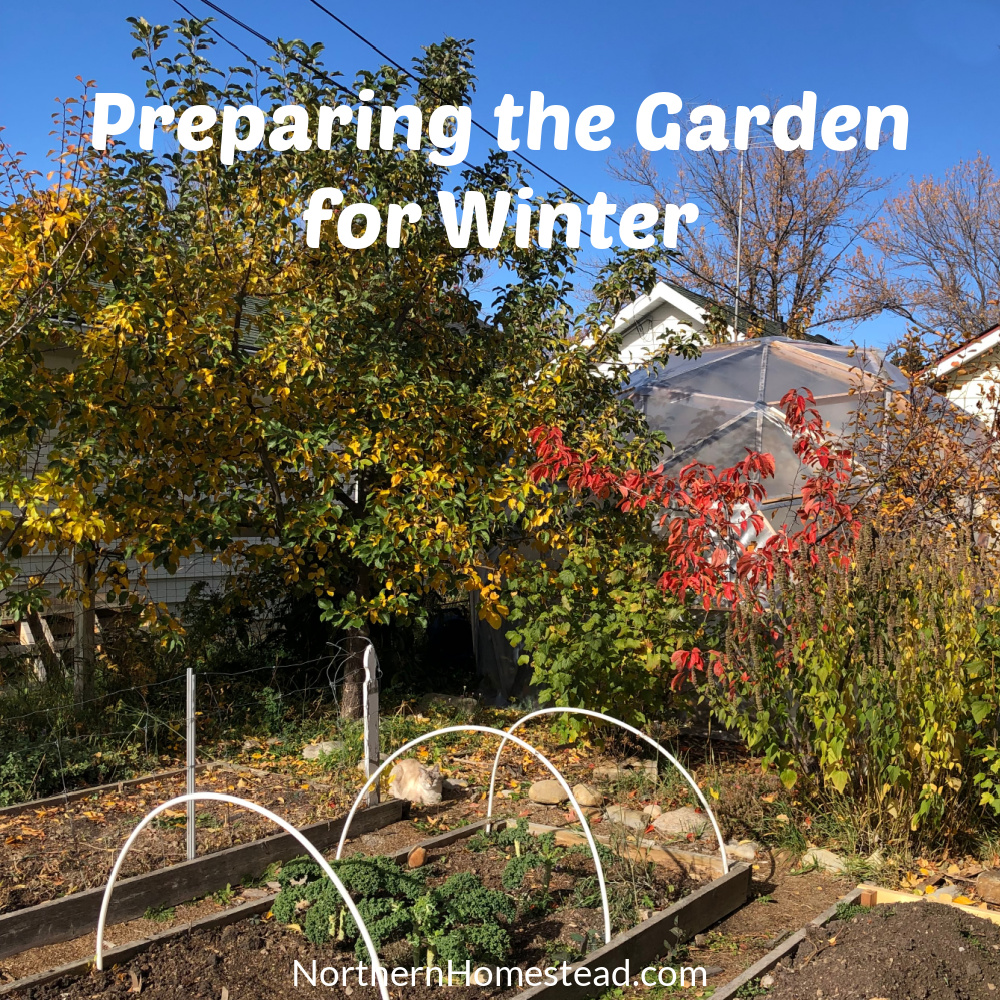
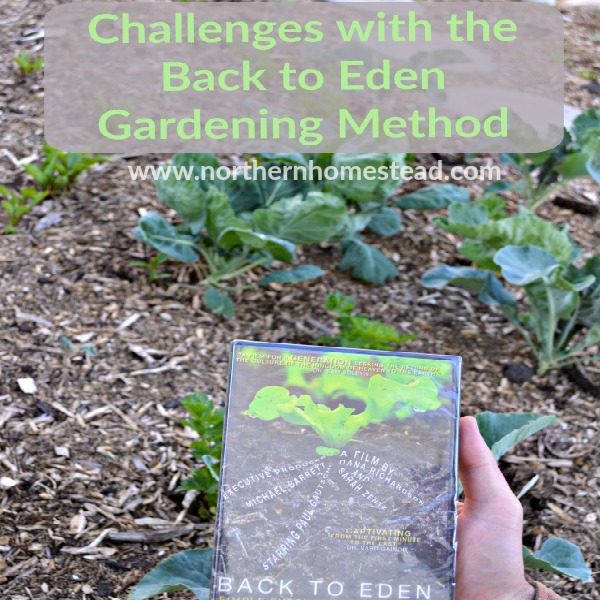
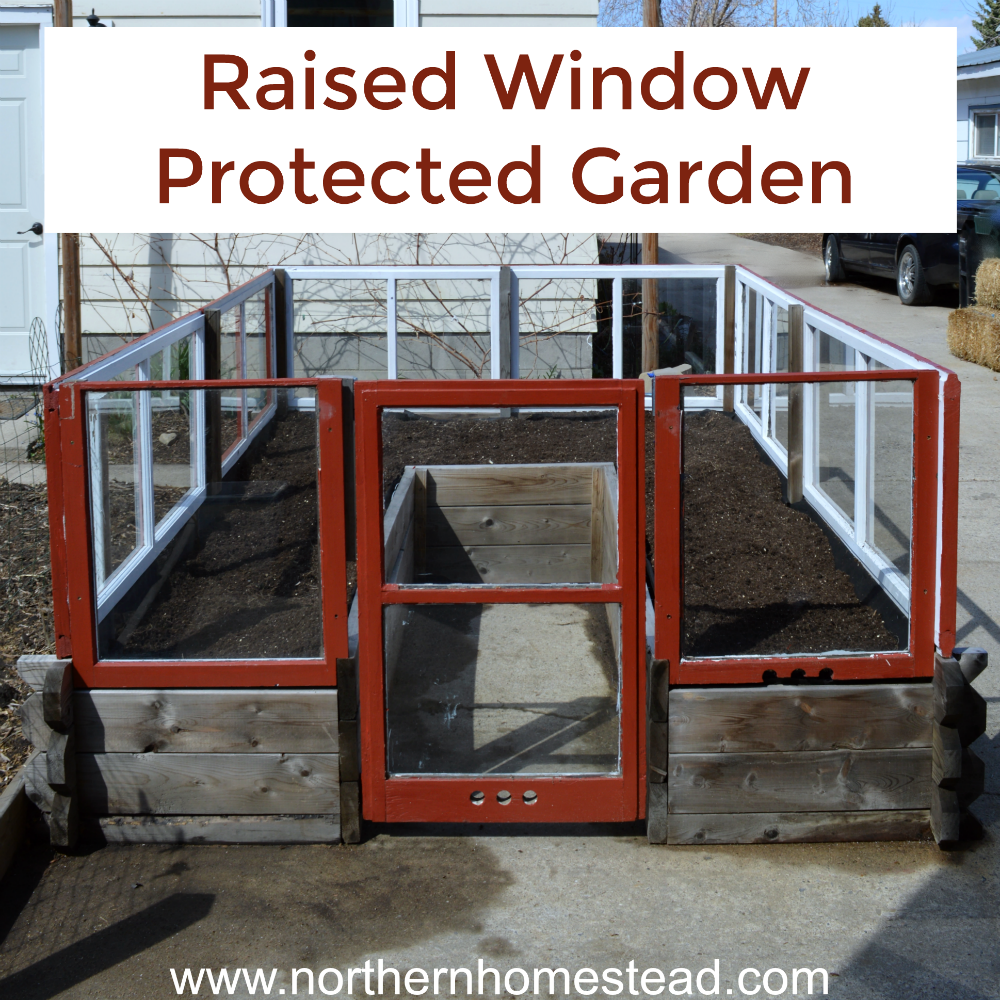
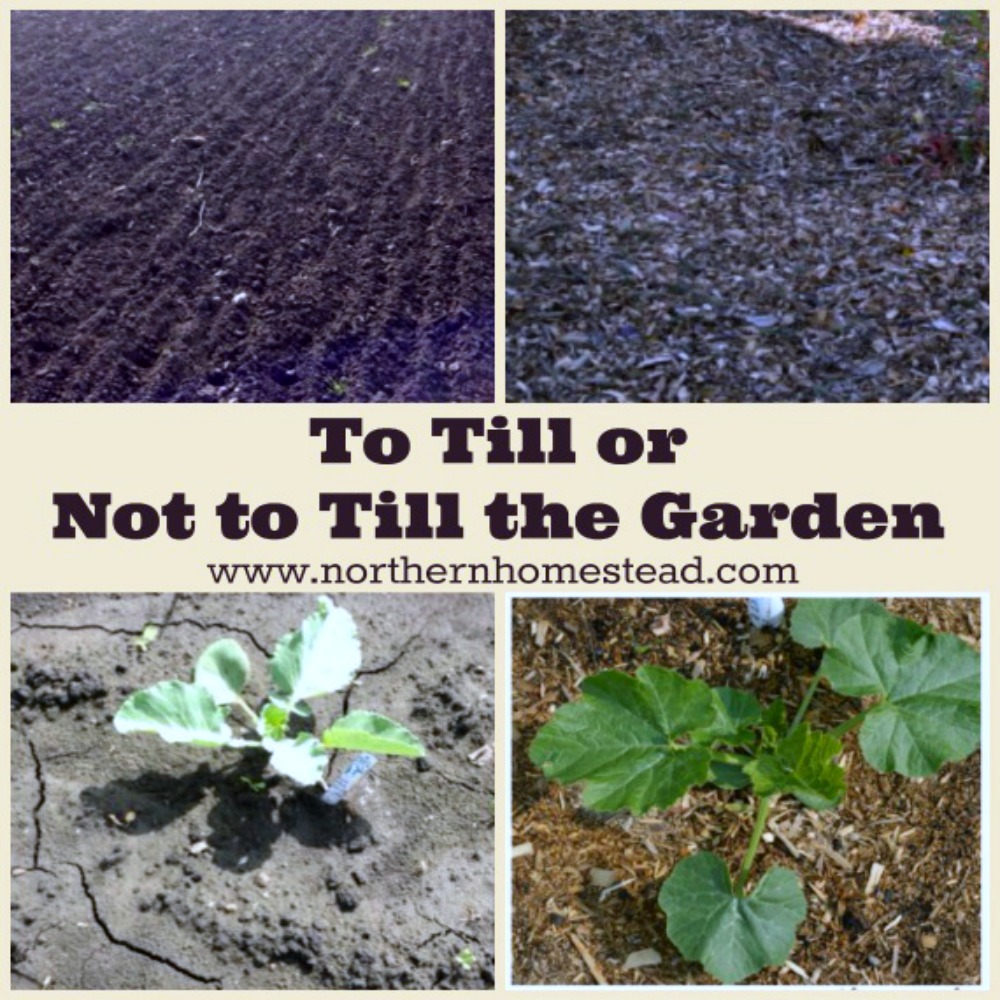
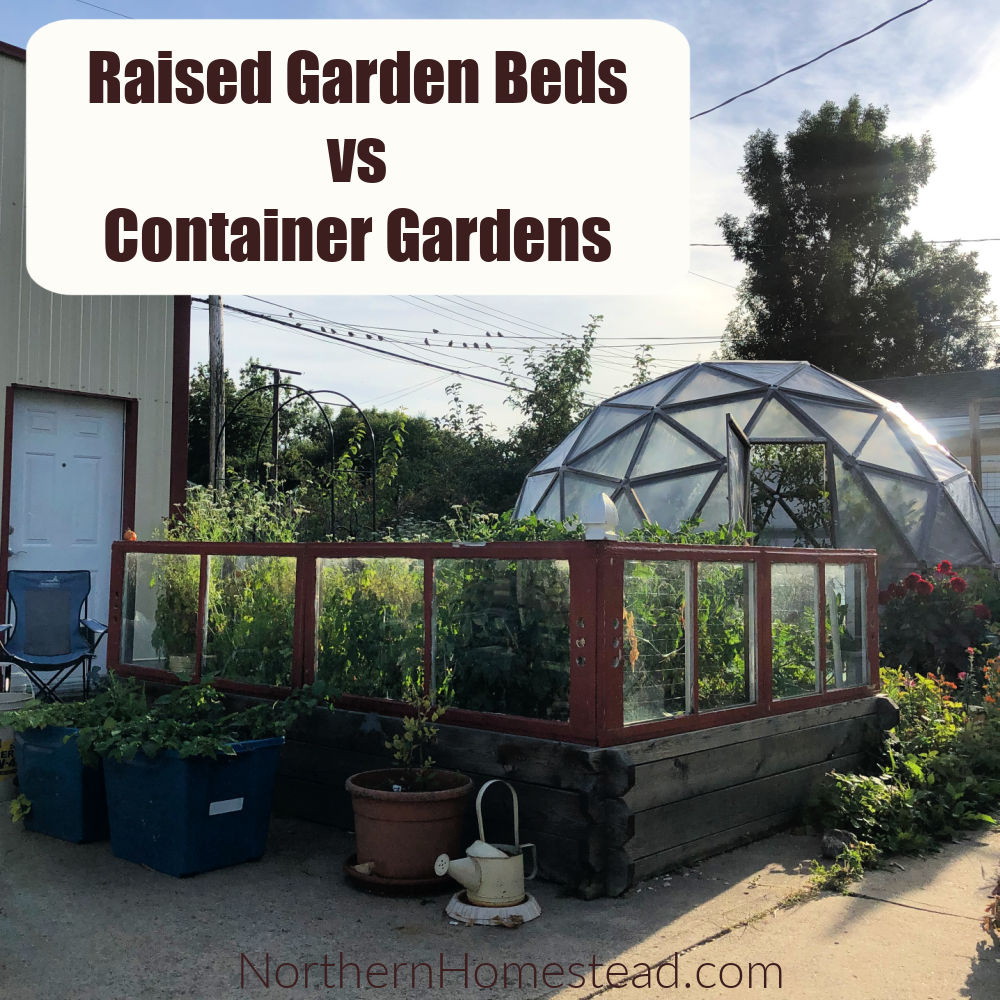
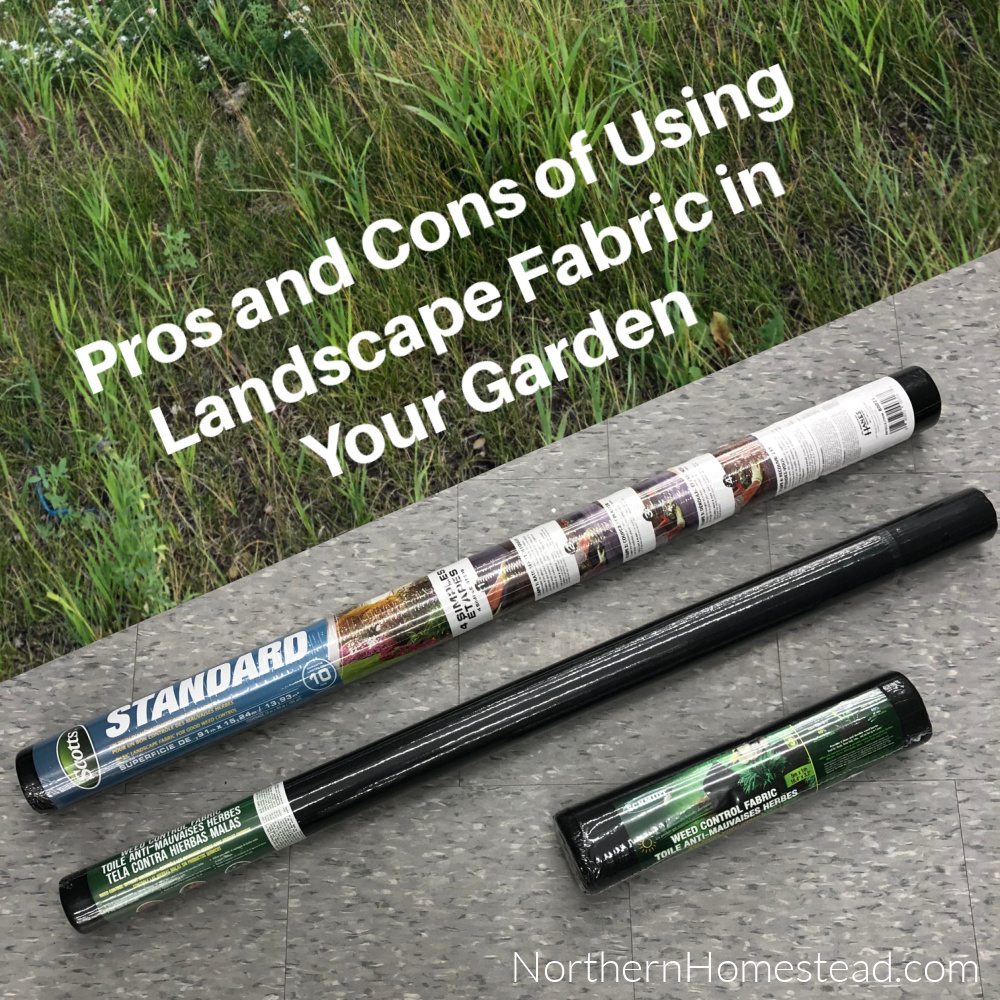
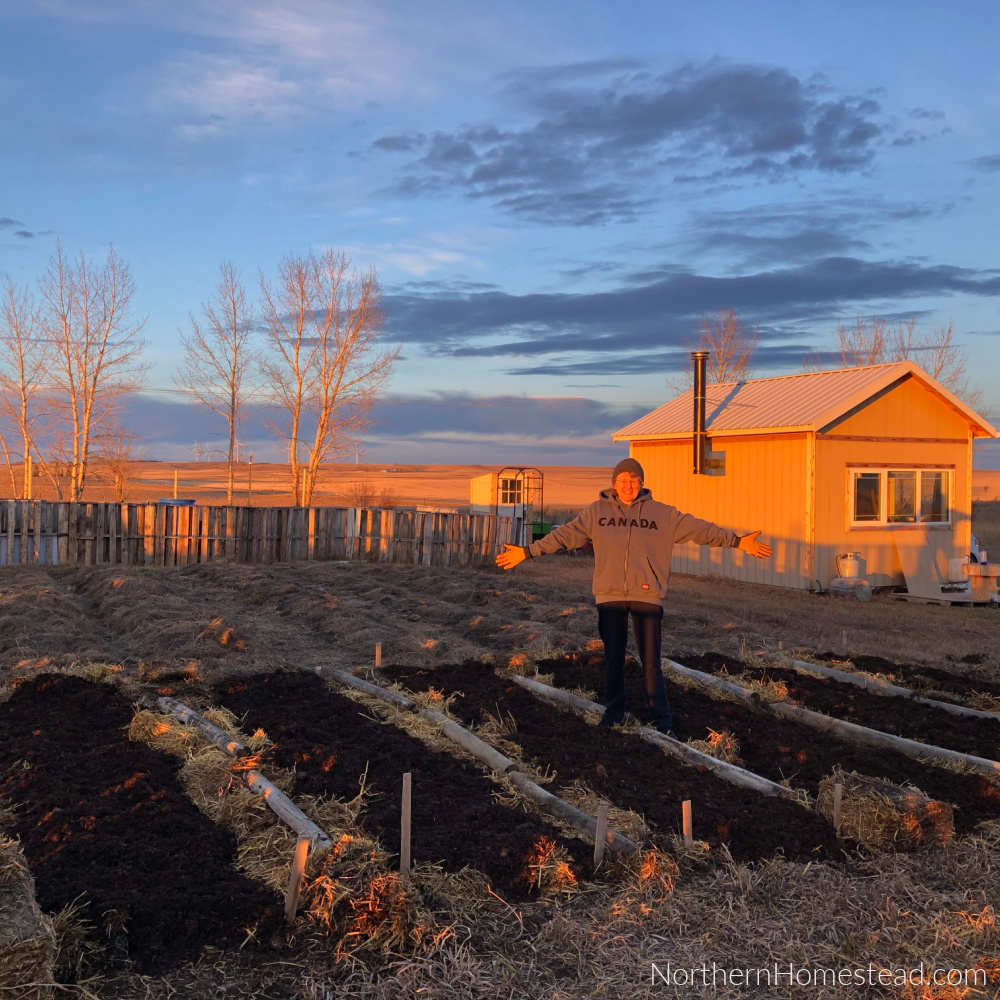

This was extremely helpful for me as I was just wondering about it and I believe it will save my garden from too frequent and shallow watering from a garden hose 🙂 Thanks!
You are welcome, Ivy. Hope your garden grows well this summer.
After becoming disabled last summer, I still want to have tomatoes fresh off my own vines. I saw a post on Pinterest last year that showed planting tomatoes directly into a bag of soil by just opening the top and putting the plants about halfway down and thought I’d try that method this year. The soil bags are riddled with small pinholes to let extra moisture out & air flow in. I planted a few weeks late, but my heirloom 100 Sweets have taken off and growing very well, blooming profusely with gobs of tomato clusters.
Glad it works for you, gardening can be so easy. You can also grow smaller plants in a bag of soil by laying the bags down and cutting open one side. Happy growing Nancy.
I have been enjoying this refreshing rain, as well. Can’t wait to get out tomorrow and see how things are progressing. Thanks for all the good info and gardening encouragement!
Love you guys! We’ve been using straw mulch in our raised beds and on our big hugelbed, and wood chip mulch on the ground. I’m curious if you use wood chips “in” your vegetable gardens, around your plants, and if so, how you plant the following year. Would you have to rake aside all the wood chip mulch to plant, and then put it back?
Thank you!
We do use wood chips in the vegetable garden, but keep in mind a bit what we want to plant the year we mulch and also the year after. Seedlings work best with wood chips or potatoes. Planting small seeds gets a bit challenging. But if we have too, we just put the wood chips away from the row and plant in soil, the wood chips can stay in the pathways. Once the wood chips age a bit, it’s less of a problem.
Hi. We enjoy your website so very much. Thanks for all your work on it. I tell everyone about it that is interested in growing/preserving etc. Our kids like it too! Thanks again. Audrey Tompkins
Thank you Audrey for your kind words and for sharing the love.